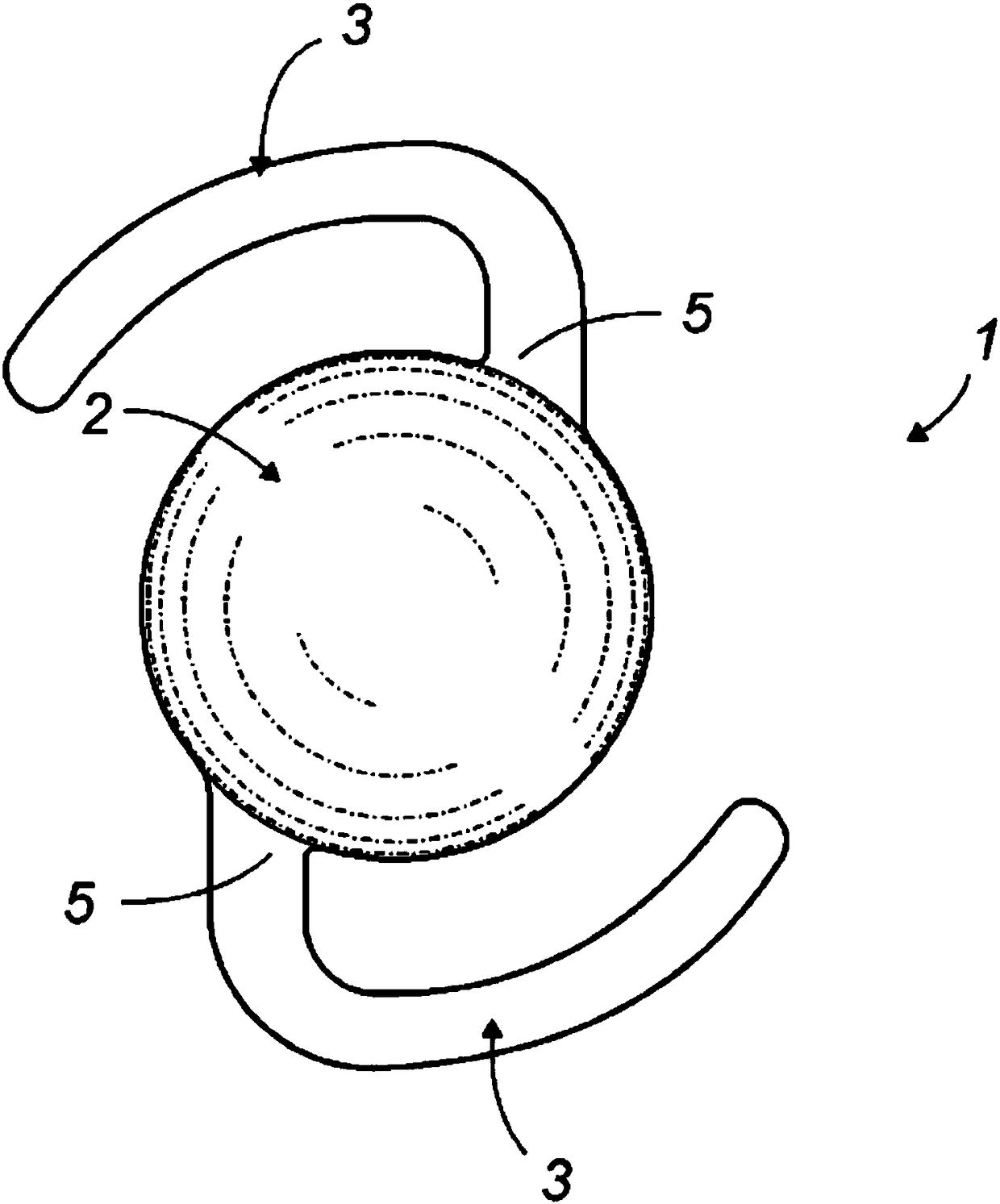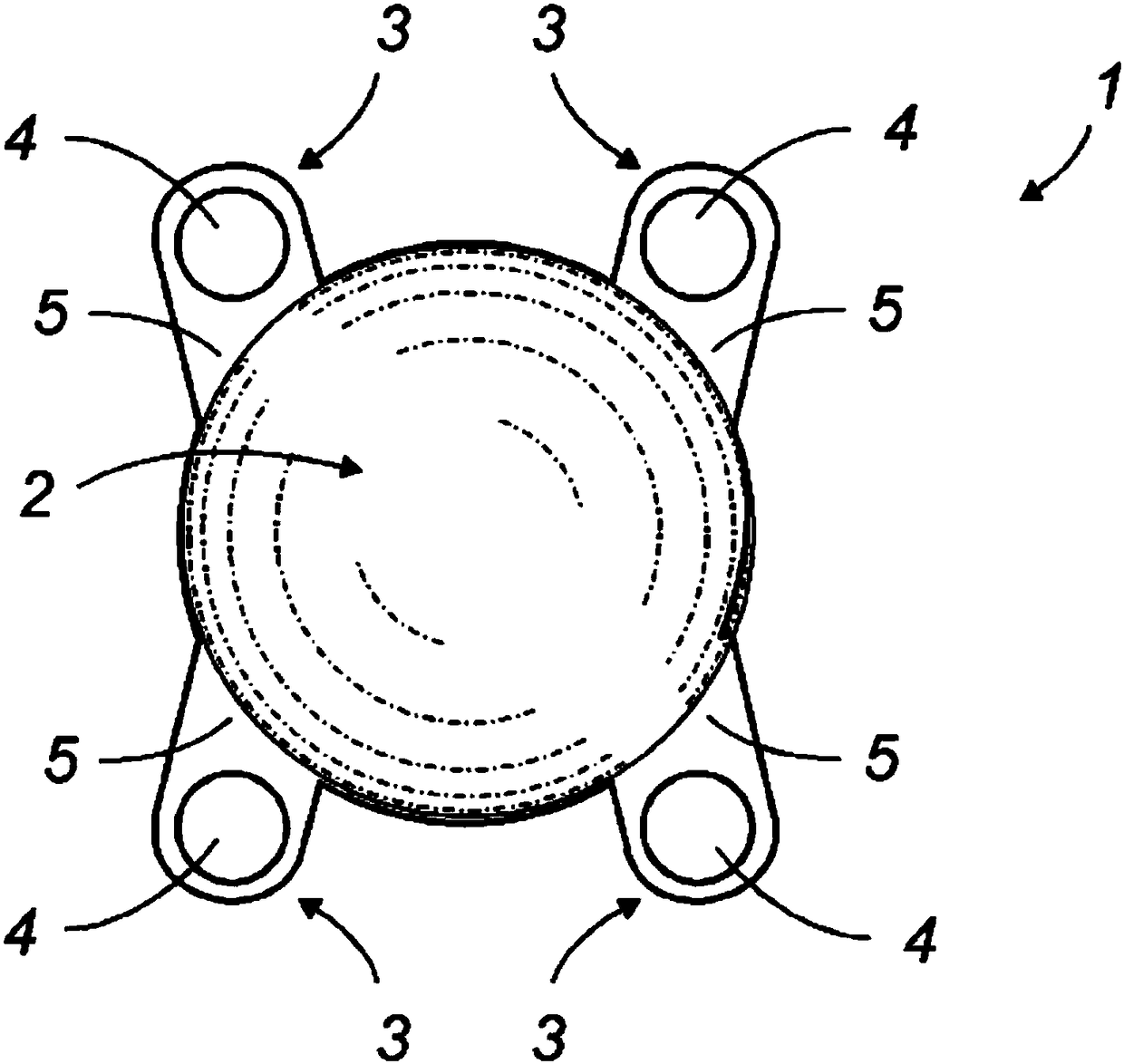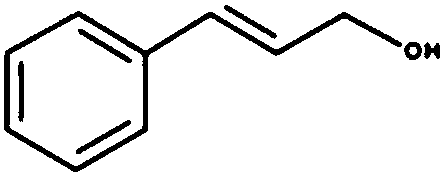Acrylic copolymer, which is hydrophobic, cross-linked and based on cinnamic alcohol, for intraocular lenses
A technology of intraocular lens and acrylic polymer, which is applied in the field of manufacturing the polymer material, intraocular lens, and production of intraocular lens, can solve the problems of difficult production cycle, strong, unpleasant smell, etc., and achieve the effect of improving comfort and productivity
- Summary
- Abstract
- Description
- Claims
- Application Information
AI Technical Summary
Problems solved by technology
Method used
Image
Examples
example 1
[0163]
[0164] Polymerization was initiated by addition of 0.5% TAEC. After polymerization, an acrylic polymer material was obtained having an optical index equal to 1.5381, a glass transition temperature equal to 7.5° C., and a modulus of elasticity at 25° C. after 1 minute of relaxation of 0.658 MPa.
example 2
[0166]
[0167]
[0168] Polymerization was initiated by addition of 0.5% TAEC. After polymerization, an acrylic polymer material is obtained having an obtained optical index equal to 1.540, a glass transition temperature equal to 12.4° C. and a modulus of elasticity at 25° C. after 1 minute of relaxation of 0.51 MPa.
example 3
[0170]
[0171] Polymerization was initiated by addition of 0.5% TAEC. After polymerization, an acrylic polymer material is obtained having an obtained optical index equal to 1.5390, a glass transition temperature equal to 6.3° C., and a modulus of elasticity at 25° C. after 1 minute of relaxation of 0.495 MPa.
PUM
| Property | Measurement | Unit |
|---|---|---|
| glass transition temperature | aaaaa | aaaaa |
| elastic modulus | aaaaa | aaaaa |
| glass transition temperature | aaaaa | aaaaa |
Abstract
Description
Claims
Application Information
 Login to View More
Login to View More - R&D
- Intellectual Property
- Life Sciences
- Materials
- Tech Scout
- Unparalleled Data Quality
- Higher Quality Content
- 60% Fewer Hallucinations
Browse by: Latest US Patents, China's latest patents, Technical Efficacy Thesaurus, Application Domain, Technology Topic, Popular Technical Reports.
© 2025 PatSnap. All rights reserved.Legal|Privacy policy|Modern Slavery Act Transparency Statement|Sitemap|About US| Contact US: help@patsnap.com



